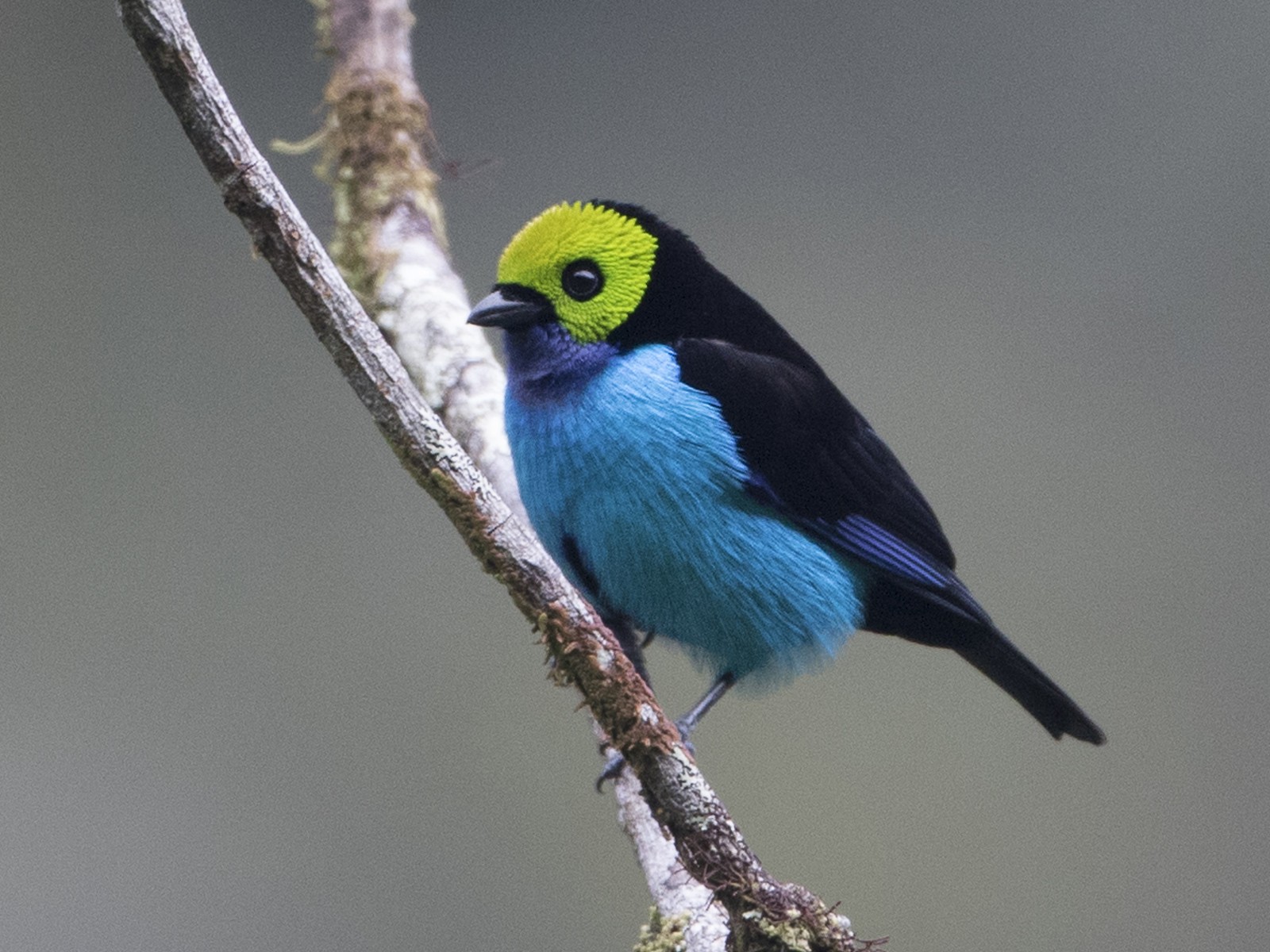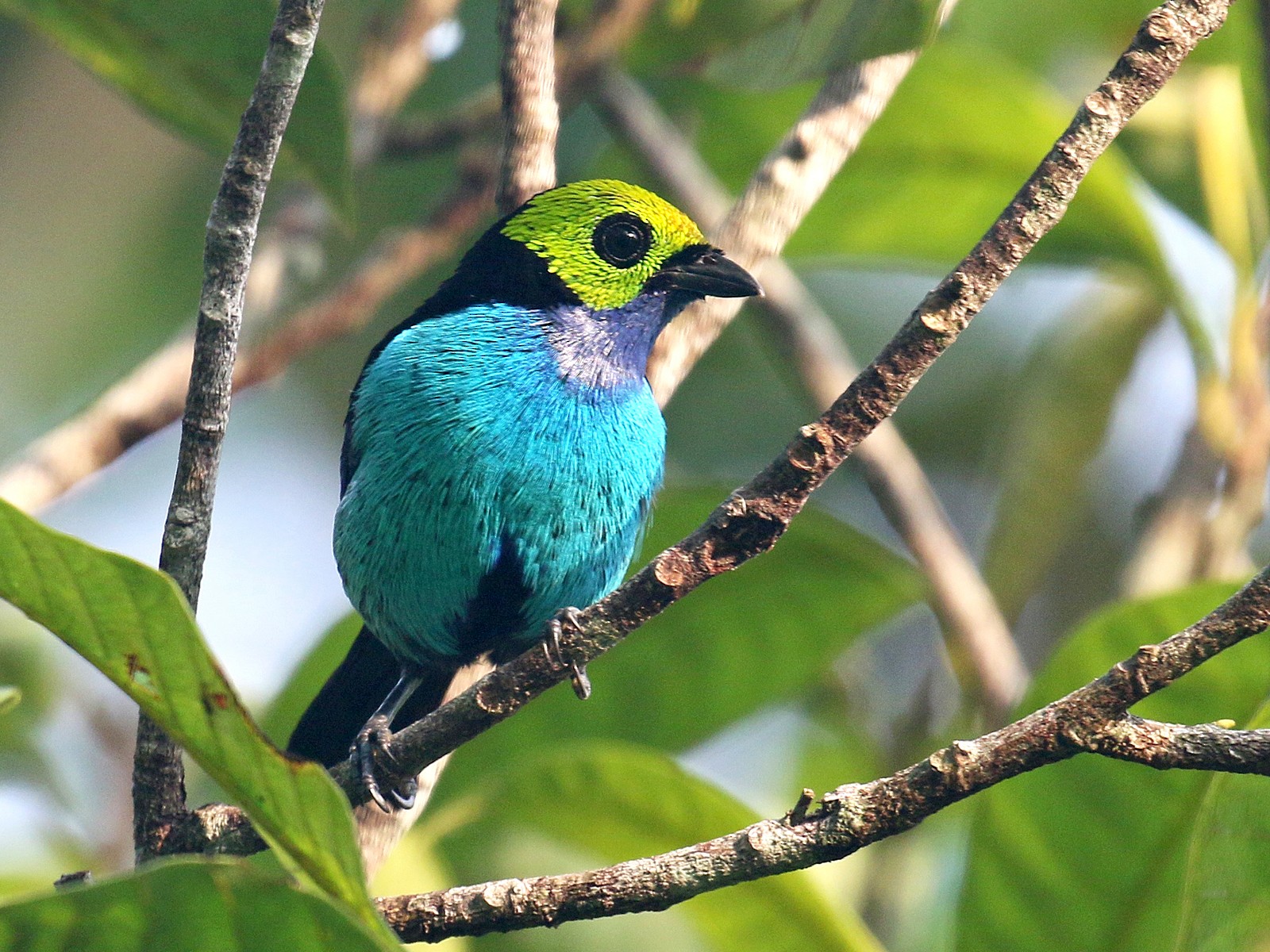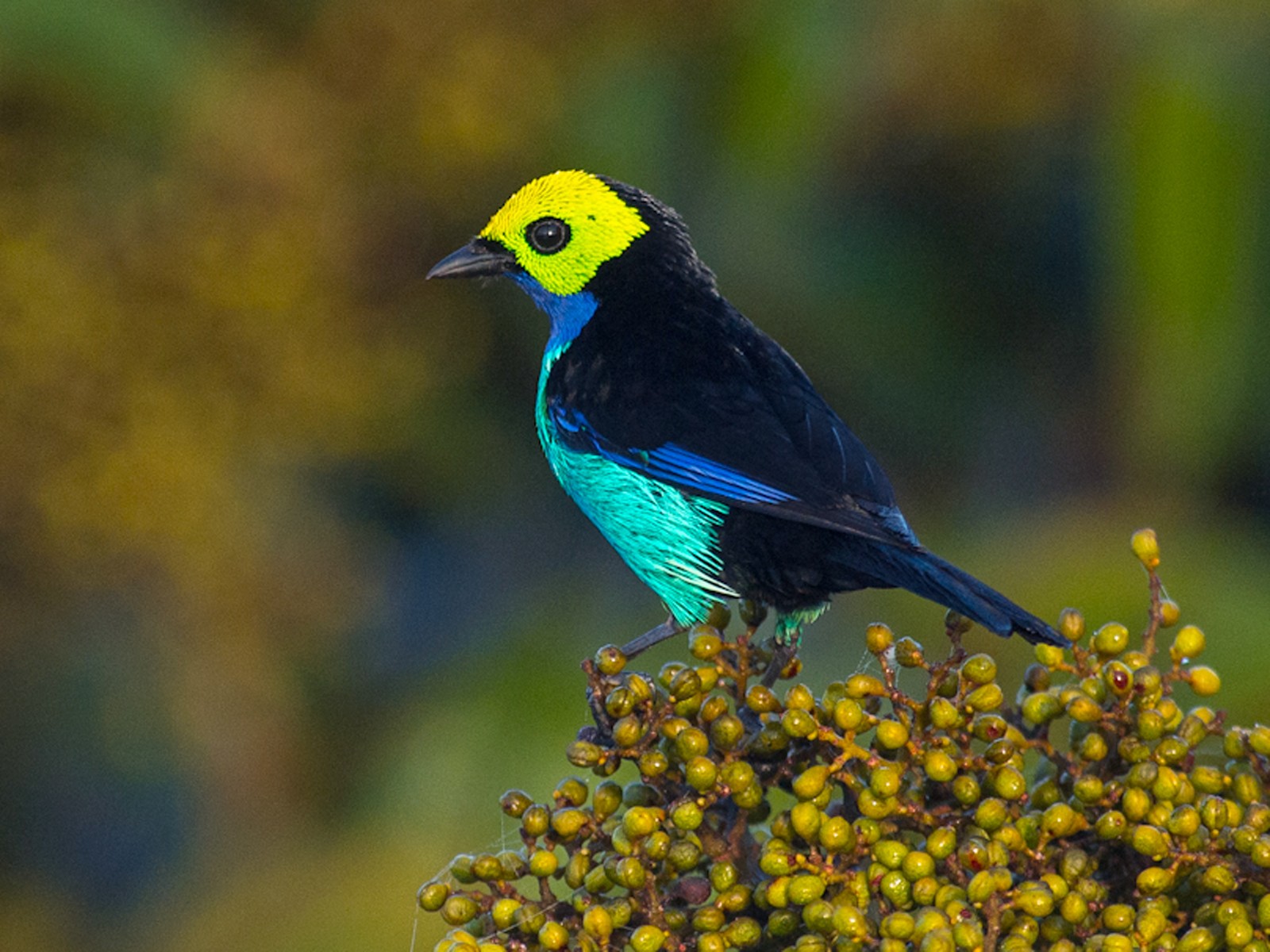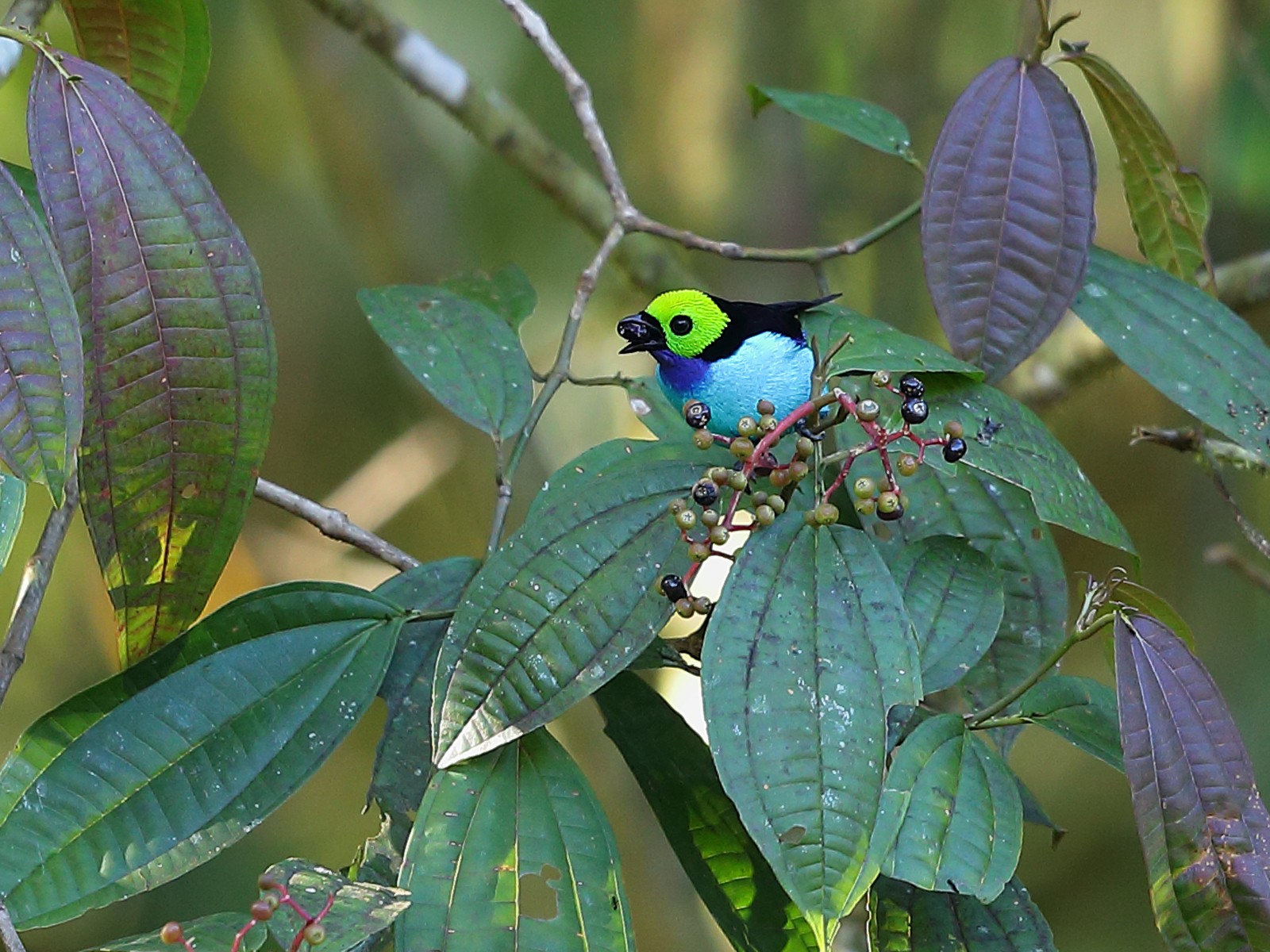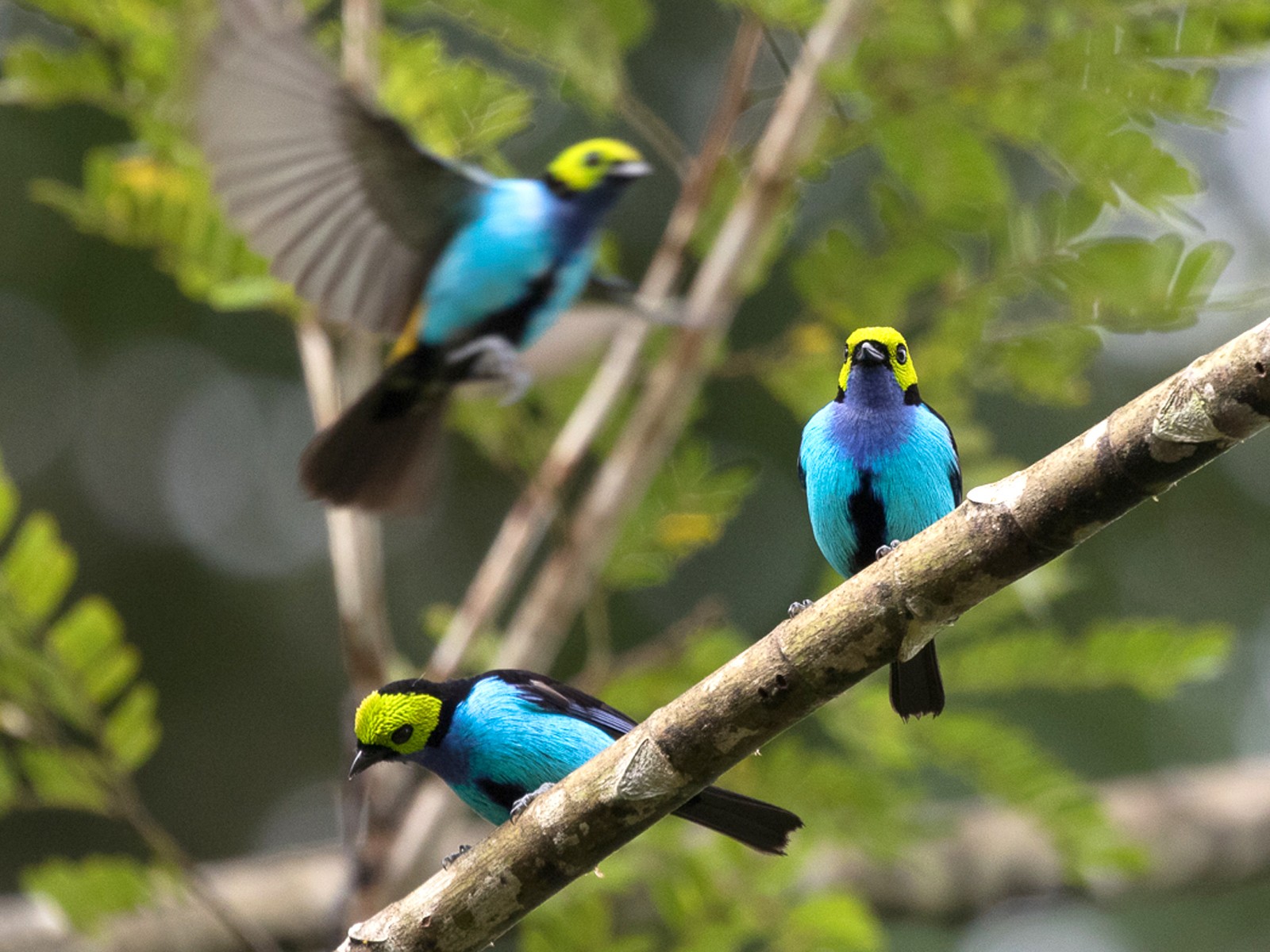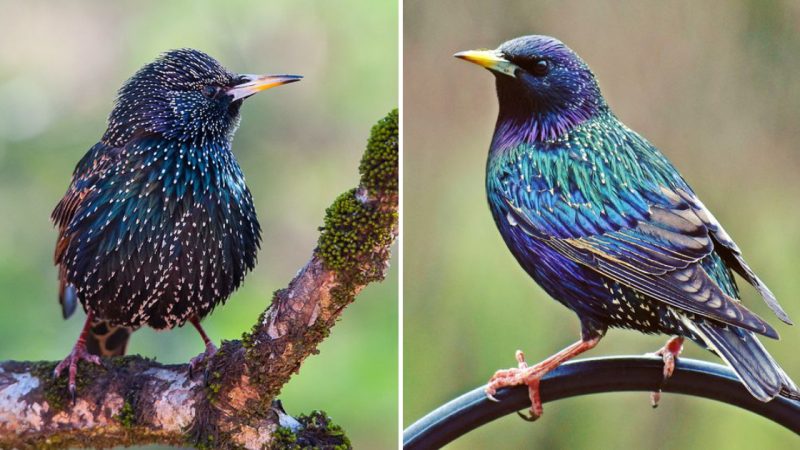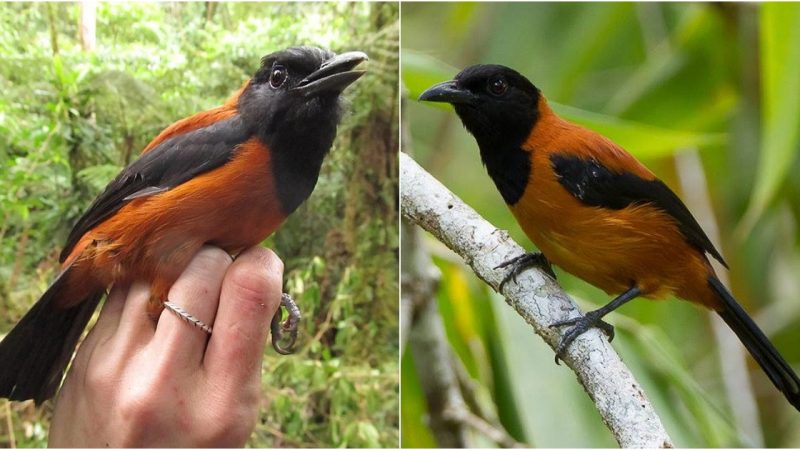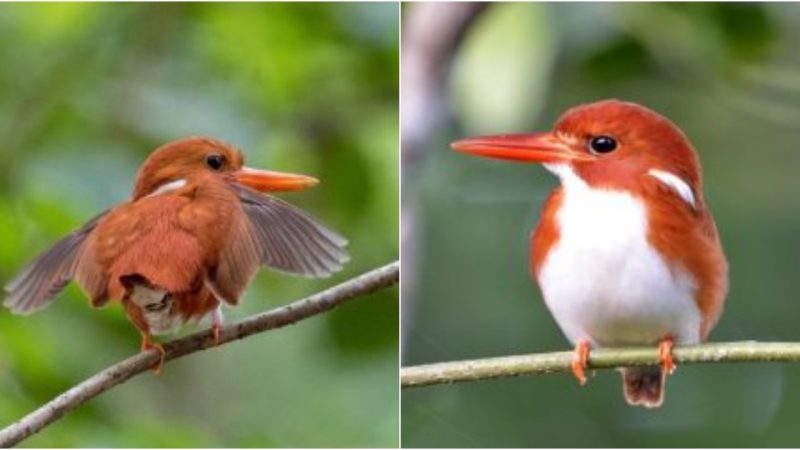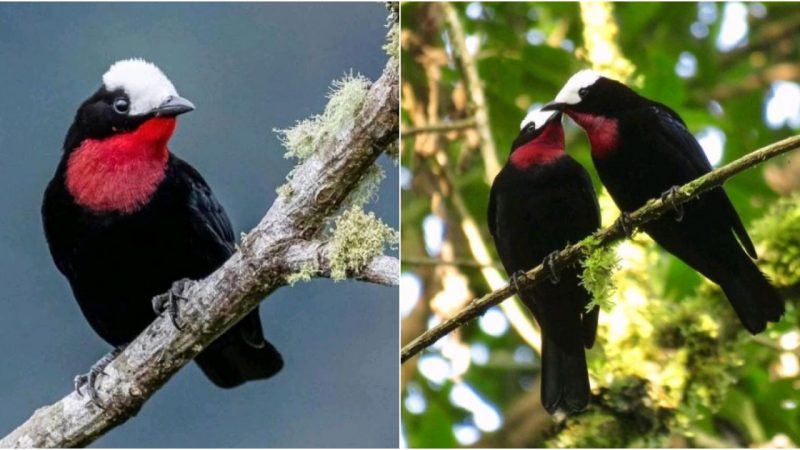Unveiling the Allure of Paradise Tanagers: Intriguing Insights into these Beautiful Birds
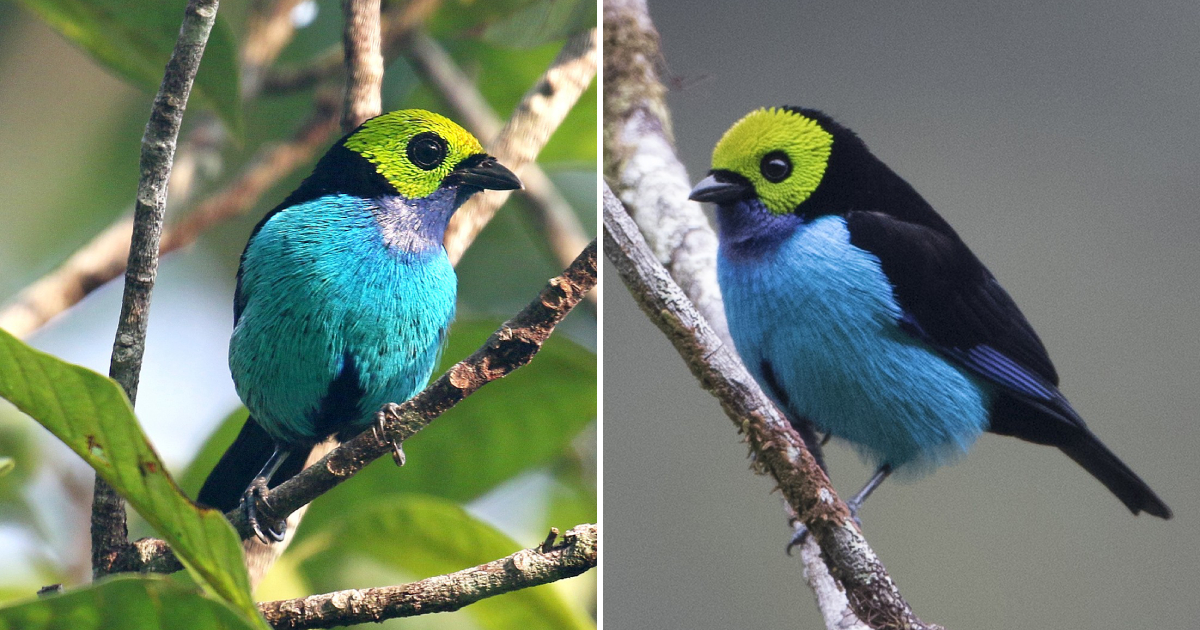
Birdwatching in South America offers a remarkable opportunity to encounter a wide array of stunning avian species. One such species that stands out with its vibrant colors and air of mystery is the Paradise Tanager. Despite limited knowledge about these beautiful birds inhabiting the rainforests, we have gathered as many facts as possible about Paradise Tanagers.
FACTS ABOUT PARADISE TANAGERS
Birdwatching in South America offers a remarkable opportunity to encounter a wide array of stunning avian species. One such species that stands out with its vibrant colors and air of mystery is the Paradise Tanager. Despite limited knowledge about these beautiful birds inhabiting the rainforests, we have gathered as many facts as possible about Paradise Tanagers.
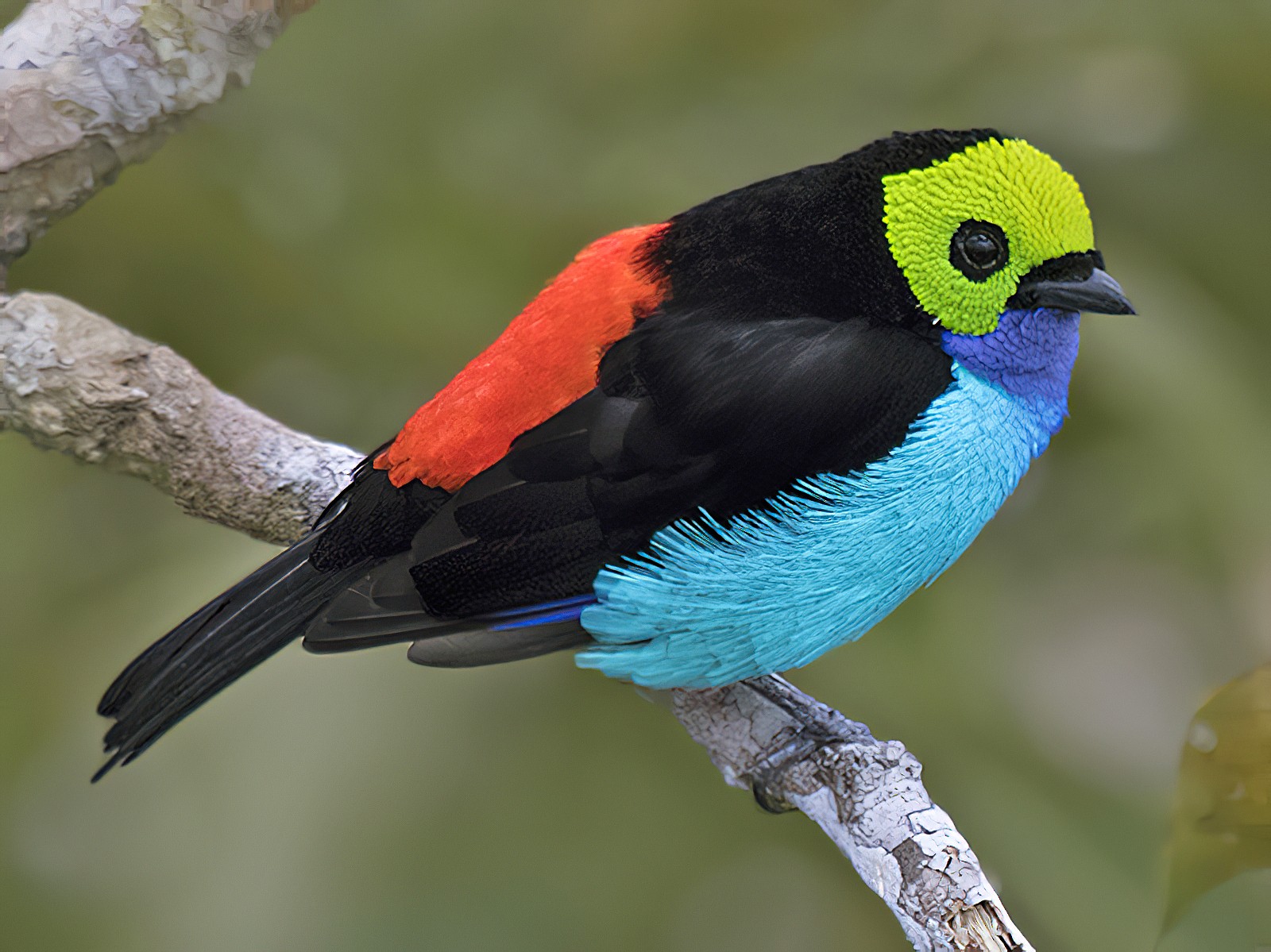
1. PARADISE TANAGERS ARE VIBRANTLY MULTICOLORED
The Paradise Tanager is renowned for its brilliantly colored plumage. With a contrasting background of black wings, beak, nape, and tail, their neon-like colors truly come to life. They display a vibrant yellow-green mask across their face and eyes, a purple throat, a bright blue chest and belly, and a red or yellow patch on their lower back. Interestingly, distinguishing between male and female Paradise Tanagers can be quite challenging, as they exhibit nearly identical coloring. Unlike some other bird species, males and females have the same plumage.
2. PARADISE TANAGERS ARE NATIVE TO SOUTH AMERICA
Paradise Tanagers are non-migratory birds and are endemic to several countries in South America. Despite their scientific name Tangara chilensis, they cannot be found in Chile. Instead, these colorful birds thrive in the humid tropical and subtropical forests of Peru, Venezuela, Colombia, Bolivia, Ecuador, and Brazil.
3. THERE ARE FOUR SUBSPECIES OF PARADISE TANAGERS
The Paradise Tanager comprises four subspecies: caelicolor, chilensis, chlorocorys, and paradisea. Among these, the chilensis subspecies is the most commonly encountered. Each subspecies can be distinguished by its geographic location, and some exhibit slight variations in coloring, such as a red back versus a yellow and red back.
4. PARADISE TANAGERS ARE OMNIVOROUS BIRDS
Paradise Tanagers are omnivores, primarily consuming fruits but also supplementing their diet with insects. Additionally, they may feed on nectar from various flowers. These birds predominantly forage for their meals in the canopy of the Amazon Rainforest, searching for fruits and insects beneath the branches of tall trees.
5. PARADISE TANAGERS ARE MOST OFTEN FOUND IN WOODLAND HABITATS
Apart from their presence in the Amazon Rainforest, Paradise Tanagers also inhabit other forests and woodland habitats in lowland areas. Spotting a Paradise Tanager is most likely to occur in the forest canopies of the Amazon as they forage for food, and occasionally, they can be observed in the midstory level.
6. PARADISE TANAGERS TRAVEL IN SMALL GROUPS, SOMETIMES WITH DIFFERENT SPECIES
Paradise Tanagers prefer to travel in small flocks of approximately 5-15 birds and occasionally mingle with groups of other species, including other tanagers and honeycreepers. However, during the nesting season, they may exhibit reduced social behavior and spend more time with their own kind.
7. PARADISE TANAGERS HAVE A VARIETY OF DISTINCT BIRD CALLS
These birds utilize three distinct calls, each serving different purposes. They emit a sharp “chak” sound, a rising “zeee” sound, and a high-pitched “sizit” sound, which can be either sung or vocalized rapidly. Paradise Tanagers actively participate in the dawn chorus, contributing their melodious calls during the early morning hours.
8. PARADISE TANAGERS CONSTRUCT CUP-SHAPED NESTS
The mating season for Paradise Tanagers typically spans from June to late August. Before laying eggs, female Paradise Tanagers construct cup-shaped nests using forest vegetation. These nests, situated in the canopy layer, provide protection against predators. Common materials used in nest construction include leaf bits, moss resembling lichen, grasses, and a particular type of white fungus. Males accompany the females during nest building.
9. PARADISE TANAGERS LAY 2-4 EGGS AT A TIME Female Paradise Tanagers lay 2-4 eggs within their small nests and incubate them for slightly over two weeks. Due to the similar appearance of males and females, researchers have limited data on whether males participate in egg incubation. Once hatched, the chicks are fed a diet consisting of small spiders and caterpillars.
10. DATA ON THE PARADISE TANAGER SPECIES IS LIMITED Unlike backyard bird species that are relatively easy for scientists to study and count, data on Paradise Tanagers remains scarce.
